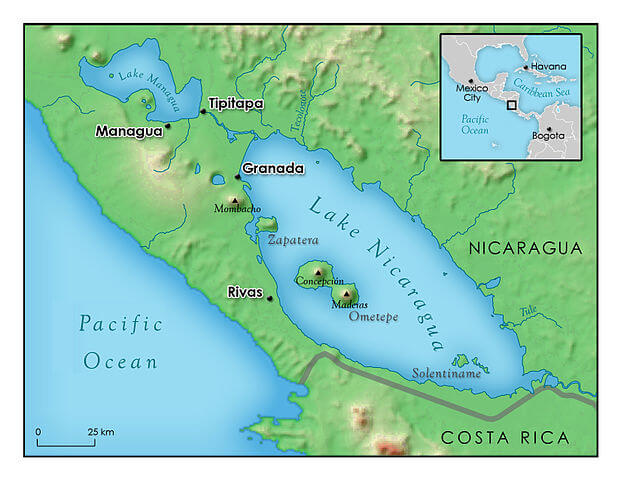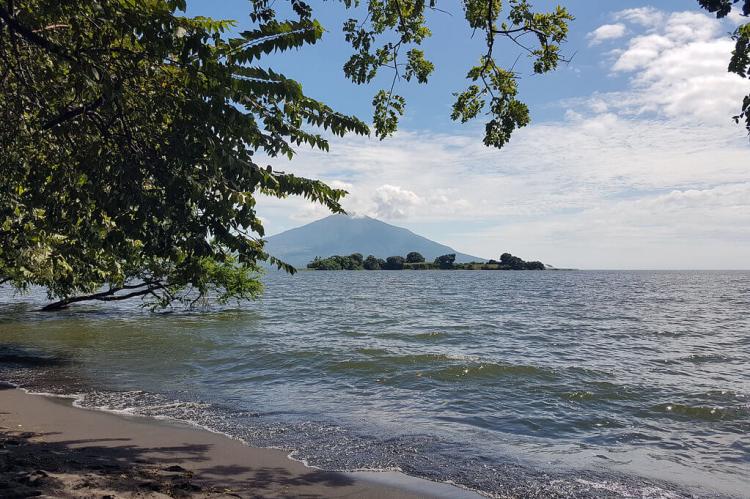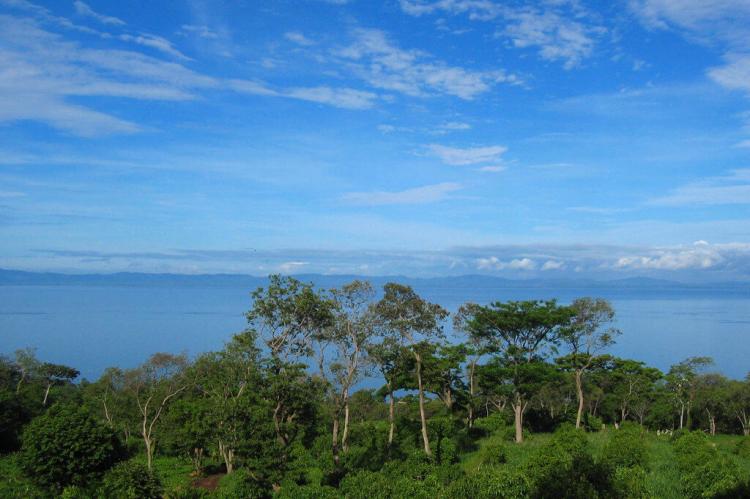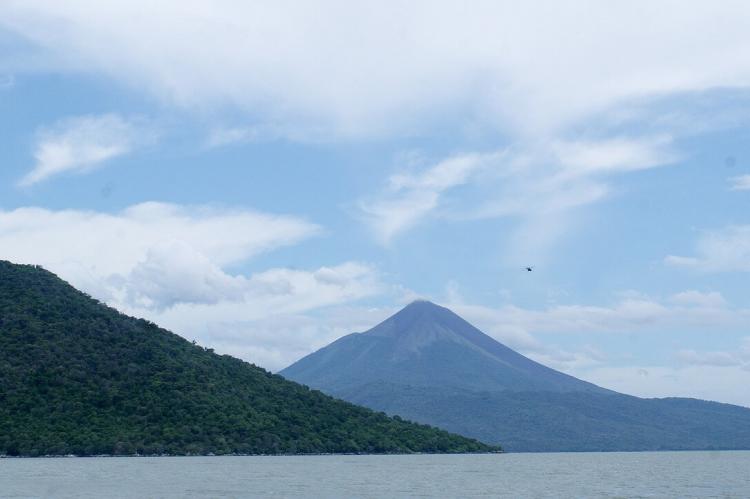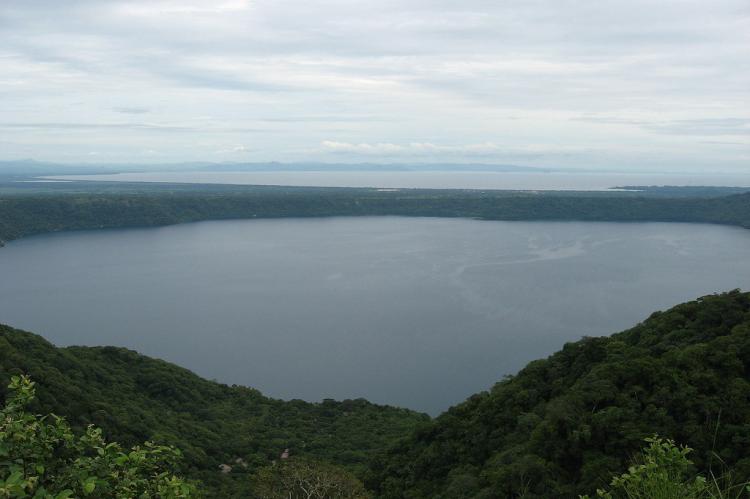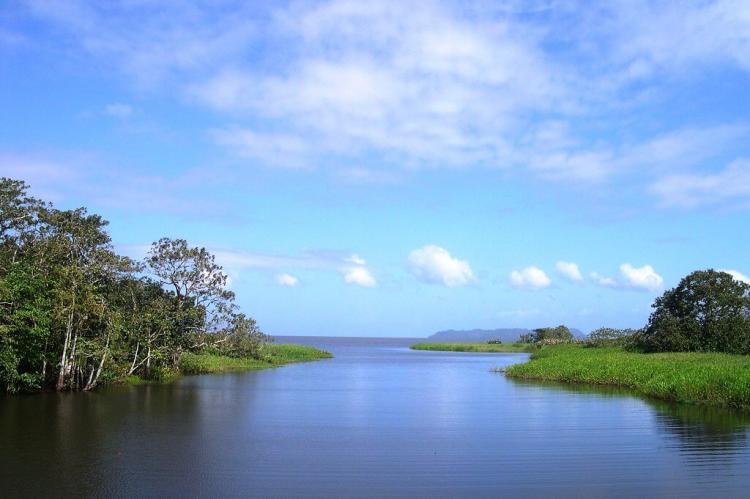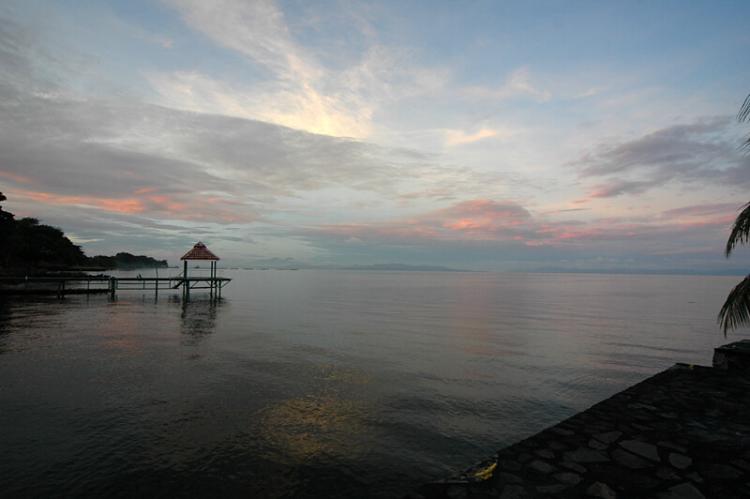Mar Dulce: The Ecological and Cultural Treasure of Lake Nicaragua
Lake Nicaragua, or Lago de Nicaragua, is the largest freshwater lake in Nicaragua and Central America. Known to the indigenous people as Cocibolca and referred to by the Spanish as Mar Dulce, both names translate to "sweet sea." This expansive lake is a dominant physical feature of Nicaragua, influencing the country's geography, ecology, and culture. With its vast size, diverse wildlife, and historical significance, Lake Nicaragua is a natural treasure and a vital resource for the people living around its shores.
Geographic and Hydrologic Features
A Vast Inland Sea
Lake Nicaragua spans an impressive 8,157 square kilometers (3,149 square miles), making it the 19th largest lake in the world by area and the second-largest lake in Latin America after Lake Titicaca. Its oval shape stretches 177 kilometers (110 miles) in length with an average width of 58 kilometers (36 miles), giving it the appearance of a vast inland sea. Despite its massive size, the lake is relatively shallow, with an average depth of 18 meters (60 feet). However, in some areas, such as the southeastern part near Ometepe Island, the lake reaches depths of 60 meters (200 feet).
Situated at 29 meters (95 feet) above sea level, the lake is crucial in the region's hydrology. The Tipitapa River intermittently connects Lake Nicaragua to Lake Managua to the northwest, and the lake drains into the Caribbean Sea via the San Juan River, a vital waterway for wildlife and local communities.
Islands and Biodiversity
Lake Nicaragua has over 400 islands and lush vegetation, including tropical fruit trees. The islands vary in size and population; some are small and uninhabited, while others host thriving communities. These islands add to the lake's ecological diversity and provide habitats for numerous plant and animal species.
Among the most notable islands is Ometepe, which is formed by two volcanoes, Concepción and Maderas. Ometepe is the largest island within the lake and is renowned for its rich biodiversity, cultural heritage, and archaeological significance. Other smaller islands, such as the Solentiname Archipelago, are known for their artistic communities and tranquil settings.
Unique Ecology and Marine Life
The Freshwater Sea with Oceanic Creatures
One of Lake Nicaragua’s most remarkable features is its ability to support marine life typically found in the ocean. The lake is home to sharks, swordfish, and tarpon, species more commonly associated with saltwater environments. It is believed that Lake Nicaragua and Lake Managua were once part of a coastal bay connected to the Pacific Ocean. Over time, volcanic activity created a natural barrier, transforming the bay into an inland basin. As the saltwater gradually turned fresh, the trapped oceanic species adapted to their new environment, evolving into today's freshwater species.
Among these marine creatures, the Nicaragua shark is the most famous species closely related to the bull shark. These sharks have the unique ability to survive in both saltwater and freshwater, making them a rare phenomenon in the world of ichthyology.
Seasonal Fluctuations and Climate
Though Lake Nicaragua is tideless, it experiences daily fluctuations in water levels due to the prevailing east winds blowing through the San Juan Valley. These winds push water across the lake, causing slight variations in depth. Additionally, the lake's water level changes with the seasons. The lake's level drops during the dry season, from December to April, while the rainy season, from May to October, brings increased water levels. These fluctuations are crucial for the lake's local ecosystems and human activities.
Formation and Geological History
Volcanic Origins
Lake Nicaragua’s formation is believed to have resulted from volcanic activity that transformed an ancient ocean bay into the present-day freshwater lake. The volcanic forces that shaped the lake are still evident today, with active volcanoes like Concepción on Ometepe Island as reminders of the lake's dynamic geological history. These volcanic events altered the landscape and isolated marine life within the lake, leading to the unique ecological adaptations seen today.
Human and Cultural Significance
Indigenous and Colonial Influence
The indigenous peoples of Nicaragua referred to the lake as Cocibolca, reflecting its importance in their culture and daily lives. For the Spanish colonizers, the lake became known as Mar Dulce, highlighting its vastness and the fact that it resembled a sea. Lake Nicaragua has long been a source of sustenance, transportation, and settlement for the local population. Many islands, including Ometepe and the Solentiname Archipelago, have been inhabited for centuries and continue to support vibrant communities.
Economic and Tourism Importance
Lake Nicaragua plays an essential role in the Nicaraguan economy, providing water for agriculture, fishing, and transportation. The lake’s islands and natural beauty have also become popular tourist destinations, attracting visitors interested in exploring the region’s unique ecology, hiking volcanoes, or learning about the indigenous and colonial history of the area.
With its twin volcanoes, Ometepe Island is a focal point for eco-tourism, offering visitors opportunities for hiking, birdwatching, and experiencing local culture. The Solentiname Archipelago, known for its artistic community, is another popular destination for travelers seeking a peaceful nature retreat.
Environmental Concerns and Conservation
Threats to Lake Nicaragua’s Ecosystems
Despite its ecological richness, Lake Nicaragua faces significant environmental challenges. Pollution from agricultural runoff, deforestation, and invasive species threaten the delicate balance of its ecosystems. The increasing human population around the lake and unsustainable agricultural practices have led to water quality degradation and habitat destruction.
Conservation Efforts
Efforts are underway to protect Lake Nicaragua’s unique ecosystems and ensure the sustainable use of its resources. Conservation initiatives focus on reducing pollution, promoting sustainable agriculture, and protecting the lake’s marine life. Environmental organizations and local communities are working to raise awareness about preserving this vital freshwater resource for future generations.
Conclusion
With its vast expanse, rich biodiversity, and historical significance, Lake Nicaragua is truly a natural wonder of Central America. Its unique combination of freshwater marine life, volcanic origins, and cultural heritage make it a vital part of Nicaragua’s landscape. As efforts to conserve its ecosystems continue, Lake Nicaragua remains a symbol of the intricate connections between nature and human life, offering beauty and sustenance to the region.
